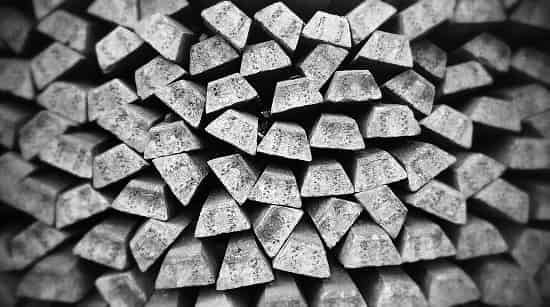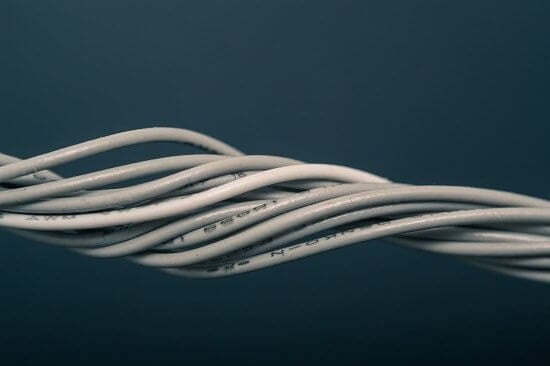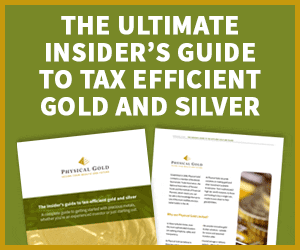Silver – Demand is Growing, Supply is Diminishing
09/06/2018Daniel Fisher
Free & fully insured UK Delivery. Learn more
Secure & flexible payments. Learn more

Buyback Guarantee Learn more
The price of any commodity is dependent on rising and falling demand. When demand becomes higher and the supply of the same commodity dwindles, it impacts the price significantly. Silver is both a precious metal, as well as a commodity. If we are to go by what the experts are saying, 2018 could possibly be the year for silver.
How is the silver price determined..
The spot prices of silver are decided by the COMEX exchange in New York. The spot prices are dependent on a number of factors. Investors like precious metals like gold and silver as they provide stability and balance to a person’s wealth portfolio. They also provide a hedge for investors to park their funds during periods of turmoil in the global capital markets. Of course, macro-economic forces, as well as political pressures have an impact on the prices of silver. But, more importantly, the forces of supply and demand have a significant impact on these prices.
The current spot price of silver is approximately $16.45 per troy ounce. There is a market expectation that the price of silver could soon touch $20. Over the years, the supplies of silver have been depleted as several million tonnes have been mined in response to the increased industrial demand. Some of the leading silver mining countries across the world include China, Russia, and Peru.
Download our FREE 7 step cheat sheet to successful silver investing here
Recently, the government of Peru announced that there had been a sharp drop in silver production, in the Cajamarca region. Cajamarca is a region in Peru which is famous for its silver deposits. The 2017 report, released in February stated that silver production was down to 323.1 metric tonnes, from to 367.4mt during the corresponding period the earlier year. This was a significant drop of 12%, largely due to silver resources being exhausted in the country.


Silver bars can be a great investment while prices remain low
In a similar vein, Chile, the world’s fifth largest producer of silver reported a large drop of 32% in silver production by May 2017. When we go back in time, we realise that, not so long ago, in 2014, Chile had produced a record high of 54 million ounces of silver. This supply fell to 4.6mn ounces in 2016 and then further down to 3.1mn ounces in 2017, an appalling reduction in supplies.
That’s not all….
Moreover, as the world continues to wade its way through the longest economic crisis in modern times, nations and markets worldwide continue to buckle under the pressure of debt. This is adversely impacting commodity prices worldwide. Due to the cascading effect of these dark economic forces, production of base metals has also shrunk globally. The bad news is that this is likely to impact the production of silver as well, since a large amount of the precious metal is really produced as a by-product of lead, zinc and copper mining.
Infact, the World Silver Survey reckons that 34% of global silver is produced as a result of zinc and copper production, while another 22% comes our way due to copper mining. When we do the math, we realise that is actually a whopping 56% of global silver production, which is in jeopardy. Knee-jerk reactions by governments across the world haven’t helped at all. For example, India, which is a large consumer of silver saw its demand drop due to the Indian government’s introduction of demonetisation measures in the country to control the illegal black money.


The electronics industry uses silver heavily in wires and electrical contacts
While the supply scenario seems to be mostly doom and gloom, things are much rosier on the demand side. Electric cars, solar panel manufacturers and the electronic components industry all use silver heavily, so industrial demand for silver has risen steadily over the years. Solar panels use photovoltaic cells that generate energy from the rays of the sun. Due to its incredible conductivity properties of both heat and electricity, a silver paste is used in every solar panel. Solar panel installations have gone up by 24% in 2017 alone.
This could be even bigger….
The electric car industry is another industry 
Silver prices are expected to skyrocket on the back of this increased industrial demand. Remember, we have not taken into account the bullion bars, coins and the mintage industry at all, which would add to the impetus. With gold-silver parity in prices at around 75:1, silver is an affordable investment. Many experts, therefore believe that it’s a good idea to invest in physical silver for the long term, and get in now while the prices haven’t gone through the roof. There are market experts who believe that silver prices could even go up as much as $130 per ounce in the future.
At Physical Gold, our team of expert investment advisors includes silver experts who can guide you in the right direction, if you decide to invest in silver. Browse our website and you will find that there are plenty of investment options from silver bars to silver coins. Call our team today on 020 7060 9992 or contact us by filling out the contact form on our website, and a member of the team will soon be in touch with you to discuss your requirements.
Image credits: Tookapic and Steve Johnson
Live Gold Spot Price in Sterling. Gold is one of the densest of all metals. It is a good conductor of heat and electricity. It is also soft and the most malleable and ductile of the elements; an ounce (31.1 grams; gold is weighed in troy ounces) can be beaten out to 187 square feet (about 17 square metres) in extremely thin sheets called gold leaf.
Live Silver Spot Price in Sterling. Silver (Ag), chemical element, a white lustrous metal valued for its decorative beauty and electrical conductivity. Silver is located in Group 11 (Ib) and Period 5 of the periodic table, between copper (Period 4) and gold (Period 6), and its physical and chemical properties are intermediate between those two metals.